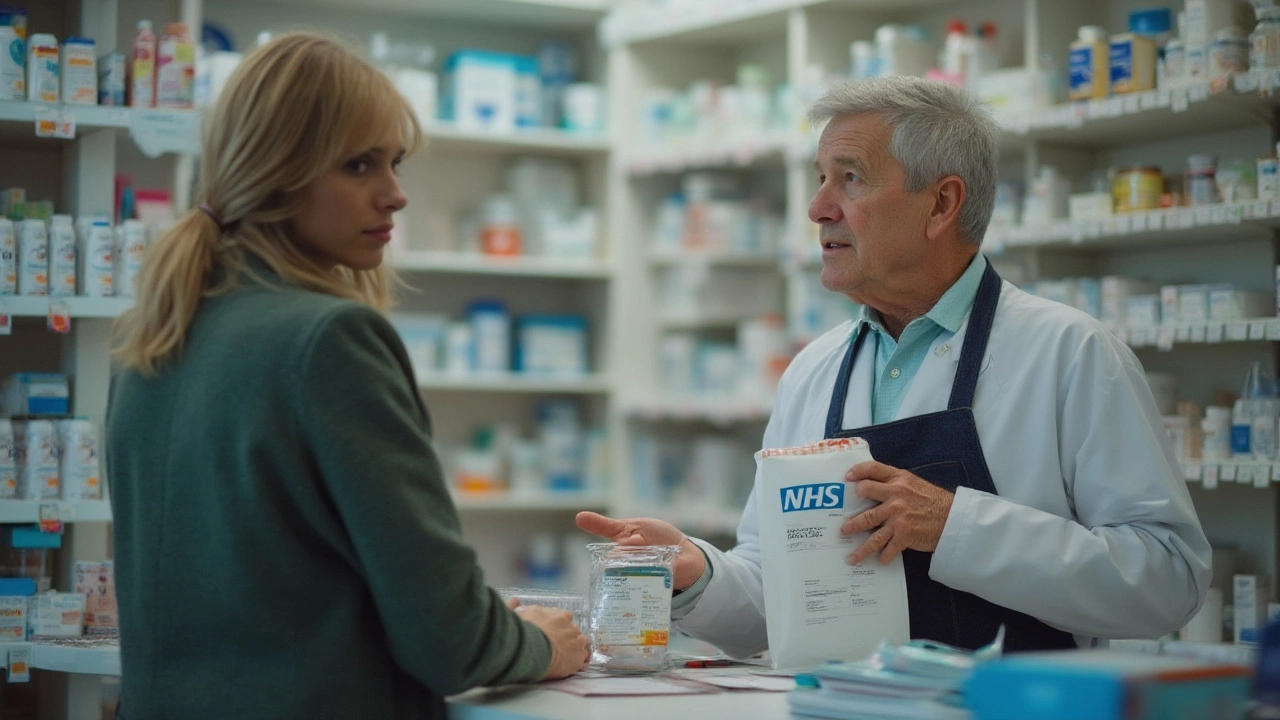Prescription Payment: Simple Ways to Cover Your Meds
Got a prescription but not sure how you’ll foot the bill? You’re not alone. Paying for medication can feel confusing, but the options are actually pretty straightforward once you know where to look. Below you’ll find the most common ways to pay, plus a few hacks to keep costs down.
Common Payment Options
First up, the NHS. If you live in the UK, most prescriptions are covered by the National Health Service, but there’s a standard charge per item unless you qualify for an exemption. The easiest way to skip that charge is a Prescription Prepayment Certificate (PPC). A PPC lets you pay a flat fee for a set period—usually three months or a year—so you can get as many prescriptions as you need without extra fees.
Private health insurance is another route. Many policies include a prescription drug benefit, meaning the insurer will foot part or all of the cost. Check your policy details; some plans only cover specific drugs or require you to use a partner pharmacy.
If you’re buying from an online pharmacy, you’ll typically use a debit or credit card, but some sites also accept PayPal or direct bank transfers. Look for pharmacies that are registered with the General Pharmaceutical Council (GPhC) to stay safe.
For those who don’t have NHS coverage or insurance, a medical card from a local council or charity can provide reduced charges. Eligibility often depends on income, age, or health condition, so it’s worth a quick call to your council.
Tips to Lower Your Prescription Costs
Ask your doctor about generic alternatives. Generics have the same active ingredients as brand‑name drugs but cost a fraction of the price. In many cases the pharmacist can switch you automatically, but it never hurts to double‑check.
Use a prescription discount card. These free cards are offered by charities, pharmacies, and even some employers. They work by negotiating lower prices with manufacturers, and you simply present the card at checkout.
Consider a repeat prescription service. Some pharmacies will mail you a 90‑day supply and charge a lower overall fee. It also saves you a trip to the pharmacy every few weeks.
If you’re on multiple meds, ask for a medication review. Pharmacists can spot duplicate therapies or suggest cheaper combos, which can shave off a few pounds each month.
Finally, keep an eye on seasonal promotions. Some pharmacies run specials on flu shots, antibiotics, or chronic‑condition drugs. Signing up for their newsletters can alert you to these deals before they disappear.
Bottom line: paying for prescriptions doesn’t have to break the bank. Start with a PPC if you’re on the NHS, check your insurance benefits, explore generics and discount cards, and don’t be shy about asking your pharmacist for help. With a little bit of research, you’ll find a payment method that fits your budget and keeps you on track with your health.
Prescription Payment Problems: What Actually Happens If You Don’t Pay?
Learn what really happens if you don't pay for a prescription. From denied refills to collection risks, find facts, tips, and real consequences—written simply and clearly.

